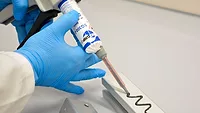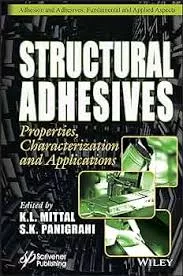Kisling Structural Adhesives Receive Fire-Related Certifications for Rail Transport
Kisling selected a number of its adhesives to be extensively tested in a special fire laboratory.

Rail Transportation.
Kisling AG recently announced that its ergo® range of structural adhesives has been tested and certified to meet fire protection requirements in rail transport vehicles. Passenger safety plays a central role in rail transport, which naturally includes fire protection. The fire behavior of materials used, including adhesives and sealants, must be intensively tested and classified.
Toxic gases and smoke, which need to be examined in detail, can develop in the event of fire, particularly when plastics and adhesives are involved. Flammability and continued burning behavior (in the event of fire) are also important technical properties to take into account when selecting these materials.
The second part of the DIN EN 45545 “Fire protection in railway vehicles” standard regulates the requirements for fire behavior of materials and components. This gives processors a guideline as to which adhesives are suitable for which applications, as well as their respective fire protection requirements.
Kisling reports that it selected a number of its adhesives to be extensively tested in a special fire laboratory. Three ergo structural adhesives (1675, 7430, and 7440) were tested and certified for smoke toxicity (ISO 5659-2), heat generation (ISO 5660-1), and flame propagation (ISO 5658-2). They reportedly meet the requirement sets R1, R7, and R17 of DIN EN 45545-2 with the best grade HL1-3 (hazard level 1-3).
According to Kisling, its two-component ergo epoxy resins (7430 and 7440) and methacrylate adhesives (1675) also make a significant contribution in terms of process simplification, acceleration, and safety. For more information, visit www.kisling.com.
Looking for a reprint of this article?
From high-res PDFs to custom plaques, order your copy today!





